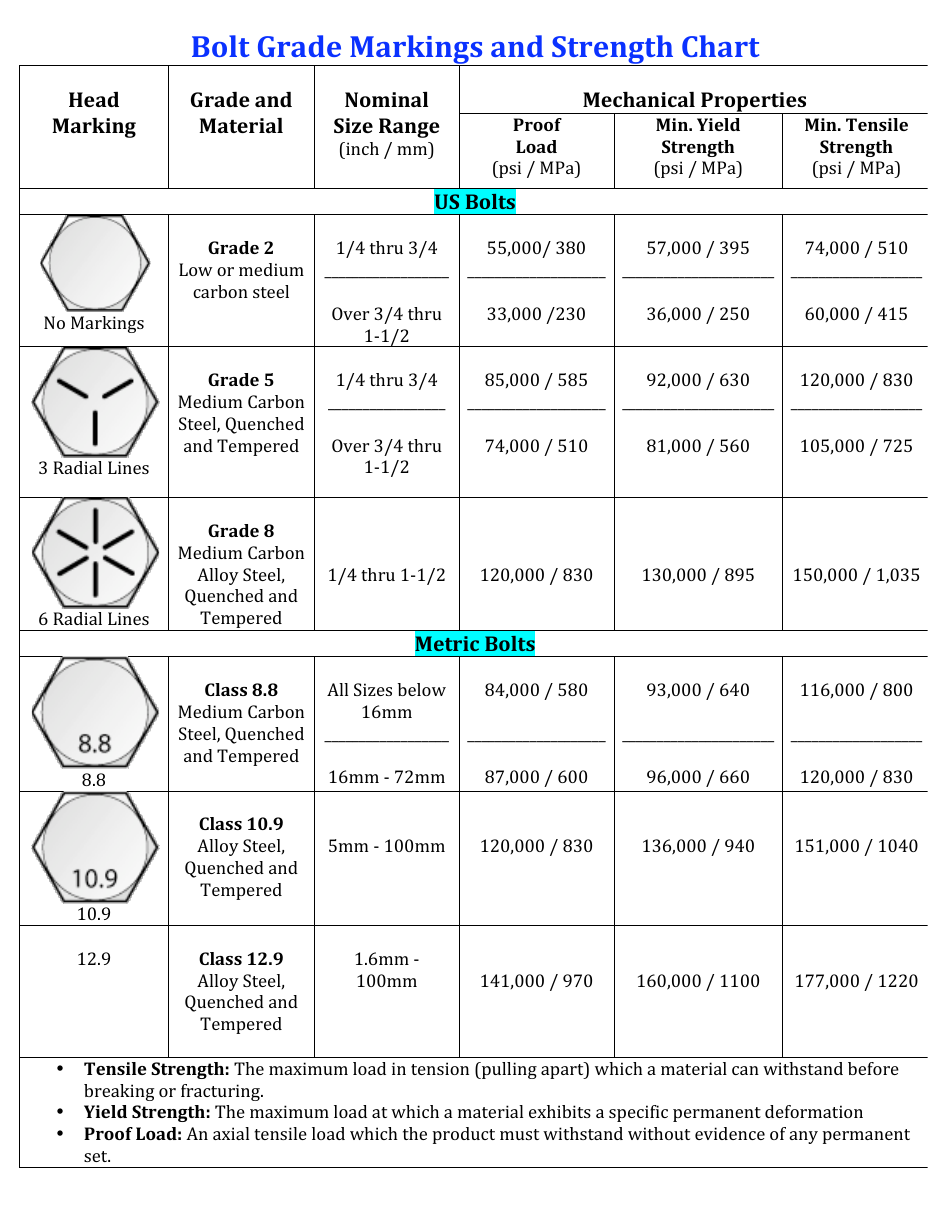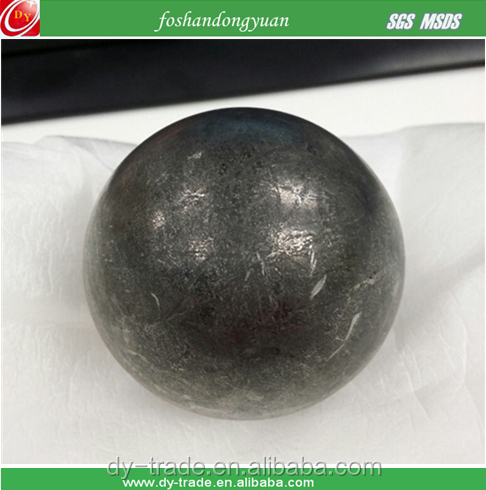

The Bulk Modulus Elasticity - or Volume Modulus - is a measure of the substance's resistance to uniform compression. G = Shear Modulus of Elasticity - or Modulus of Rigidity (N/m 2) (lb/in 2, psi)į p = force parallel to the faces which they actĭ = distance between the faces displaced (m, in) Shear Modulus of Elasticity - or Modulus of Rigidity Tensile modulus is often used for plastics and is expressed in terms 10 5 lb f/in 2 or GPa. Modulus of Elasticity, or Young's Modulus, is commonly used for metals and metal alloys and expressed in terms 10 6 lb f/in 2, N/m 2 or Pa.

Stress is proportional to load and strain is proportional to deformation as expressed with Hooke's Law.Į = Young's Modulus (N/m 2) (lb/in 2, psi) Most metals deforms proportional to imposed load over a range of loads. U = deformation energy (J (N m), ft lb) Young's Modulus - Modulus of Elasticity (or Tensile Modulus) - Hooke's Law For an axial load the energy stored can be expressed as The change of length can be calculated by transforming (3) to The rod in the example above is 2 m long and made of steel with Modulus of Elasticity 200 GPa (200 10 9 N/m 2). Poisson's ratio is the ratio of relative contraction strain.But it also common practice to state it as the ratio of two length units - like m/m or in/in. Note that strain is a dimensionless unit since it is the ratio of two lengths. Young's modulus can be used to predict the elongation or compression of an object when exposed to a force.Shear strain - change in angle between two line segments originally perpendicularĮ = Young's modulus (Modulus of Elasticity) (Pa, (N/m 2), psi (lb f/in 2)).Normal strain - elongation or contraction of a line segment.Strain is defined as "deformation of a solid due to stress". Τ = shear stress (Pa (N/m 2), psi (lb f/in 2))į p = shear force in the plane of the area (N, lb f)Ī shear force lies in the plane of an area and is developed when external loads tend to cause the two segments of a body to slide over one another. Stress parallel to a plane is usually denoted as " shear stress" and can be expressed as The dressed size of the post is 5.5 x 5.5 in and the compressive stress can be calculated as = 127 (MPa) Example - Force acting on a Douglas Fir Square PostĪ compressive load of 30000 lb is acting on short square 6 x 6 in post of Douglas fir. The stress in the rod can be calculated as Example - Tensile Force acting on a RodĪ force of 10 kN is acting on a circular rod with diameter 10 mm. 1 kip = 4448.2216 Newtons (N) = 4.4482216 kilo Newtons (kN)Ī normal force acts perpendicular to area and is developed whenever external loads tends to push or pull the two segments of a body.a kip is an imperial unit of force - it equals 1000 lb f (pounds-force).Σ = normal stress (Pa (N/m 2), psi (lb f/in 2))į n = normal force acting perpendicular to the area (N, lb f) Tensile or compressive stress normal to the plane is usually denoted " normal stress" or " direct stress" and can be expressed as Tensile or Compressive Stress - Normal Stress shearing stress - stress that tends to shear the material - acts in plane to the stressed area at right-angles to compressive or tensile stress.compressive stress - stress that tends to compress or shorten the material - acts normal to the stressed area.tensile stress - stress that tends to stretch or lengthen the material - acts normal to the stressed area.The suggested equations are evaluated based on R 2, RMSE, MAPE, and IAE parameters and compared with other models.Stress is the ratio of applied force F to a cross section area - defined as " force per unit area". It is also noticed traditional models are less fit in 7 day's strength prediction than 28 day's prediction. It is noticed that split tensile strength gaining rate is not so high in 7 days as like as compressive strength. To formulate the model, experimental data have been gathered from various literatures. The polynomial equation for 7 and 28 days have been developed for the following two cases: one is for a cylinder and adjusted cylinder any compressive strength (f`c) with w/b ratio ≥ 0.51 or a cylinder and adjusted cylinder compressive strength (f`c) ≤ 20 MPa with any w/b ratio and other is for a cylinder and adjusted cylinder compressive strength (f`c) > 20 MPa with w/b ratio < 0.51. This study represents a method predicting the split tensile strength through the compressive strength (0 to 120 MPa) of cube and cylinder specimens of concrete by polynomial regression analysis. In some circumstances, tensile strength is also required to analyze and design a structure. Compressive and tensile strength are important parameters to know the quality of concrete.


 0 kommentar(er)
0 kommentar(er)
